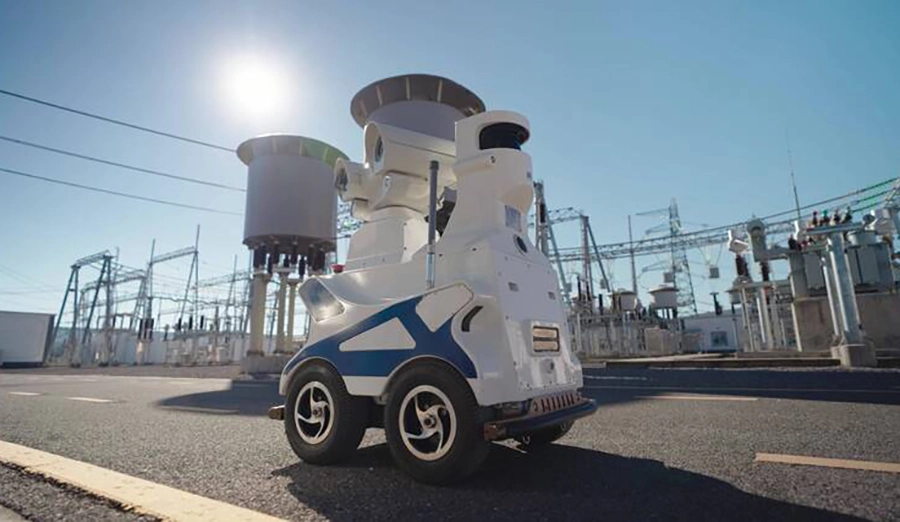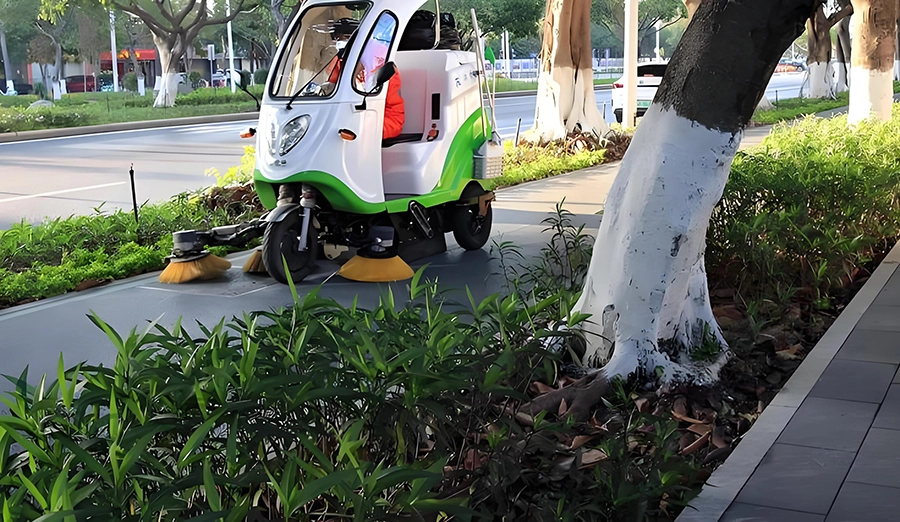
WIRELESS CHARGING IN THE NEWS
The wide application of AGVs in various industrial environments makes it crucial to choose the right charging method. At present, AGV charging is mainly divided into two ways: contact charging and wireless charging. This article will compare the two charging technologies from three aspects: initial investment, operation and maintenance costs, and long-term investment return, to provide you with valuable reference.
Contact charging is completed by physical connection between the charging pile and the charging interface on the AGV. Its technology is mature, the initial cost is relatively low, and there are many suppliers on the market, so the price is competitive. This approach is currently favored by many enterprises. However, wireless charging uses the principle of electromagnetic induction or magnetic resonance for energy transfer and does not require physical contact, thus avoiding the wear and maintenance needs of charging contacts. The relatively high cost of wireless charging module technology and materials makes its initial construction cost high, but this does not prevent its superiority in some application scenarios.
In terms of operation and maintenance costs, contact charging piles are divided into traditional brush block type and pin type. With prolonged use, interfaces can become worn, oxidized, or contaminated, resulting in poor contact and the need for regular cleaning and replacement of parts, which increases maintenance costs. In contrast, wireless charging greatly reduces wear and tear due to the absence of physical contact, and the maintenance cost is significantly lower than contact charging. In addition, wireless charging enables segmented charging during AGV operation, significantly reducing the time loss caused by downtime charging.
From the perspective of long-term investment return, contact charging may show faster return on investment in the short term due to its low initial cost. However, frequent maintenance and component replacement may affect its overall economic performance in the long term. Although the initial cost of wireless charging is higher, it may provide a higher return on investment in the long term due to its low maintenance costs and improved work efficiency.
In addition, it should be noted that the contact charging pile may require manual intervention in some cases, adding additional labor costs. The exposed characteristics of charging contacts make them unable to work normally in low temperature condensation, humidity, or flammable and explosive environments, and their application scenarios are limited. The wireless charging technology realizes the electrical isolation between the charging terminal and the AGV energy storage system, eliminates the drawbacks of the direct-plug charging method, and makes it safer and more applicable.
To sum up, the choice of charging method should be weighed according to the specific application needs and long-term investment return. Contact charging has a low initial cost and short-term return on investment, but may face higher maintenance costs and limited application scenarios in the long run. Although the initial investment is high, wireless charging has low maintenance costs, high working efficiency and a wide range of applications, which may provide higher economic benefits in the long run.
In the actual selection, enterprises should consider the initial investment, operation and maintenance costs and the overall return on investment in the future, and choose the charging method that is most suitable for their business needs, so as to occupy an advantage in the fierce market competition.







